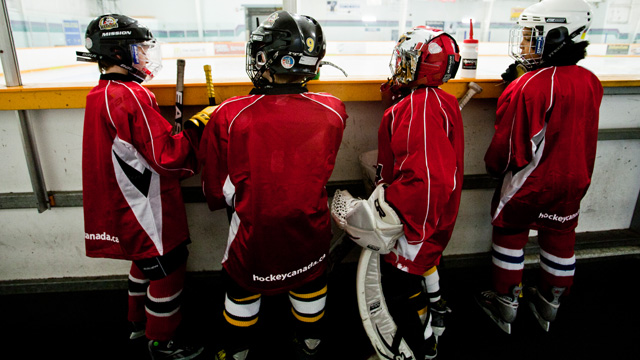Learn the definitions for types of bullying

Bullying is defined by the combined use of aggression and power. It occurs when one or more individuals abuse power and direct verbal, physical or social aggression at another individual. Harm inflicted by bullying may be physical, psychological, social or educational.
Bullying includes a continuum of hurtful behaviours that can range in severity from name-calling to criminal assault. Bullying among youth is addressed by education legislation in seven provinces and one territory. Most commonly, the legislation pertains to any incident that affects the learning climate of a school, whether or not it took place on school property, face to face, or through cyberbullying.
To learn more about bullying legislation in your province or territory, see Policy and Legislation at www.prevnet.ca. Bullying among adults is addressed through harassment and human rights legislation as well as criminal law.
There are many forms of bullying:
Physical bullying includes hitting, kicking, shoving, spitting, beating up, stealing, or damaging property.
Verbal bullying includes name-calling, mocking, hurtful teasing, humiliating or threatening someone, racist comments, or sexual harassment.
Social bullying includes rolling your eyes or turning away from someone, excluding others from the group, gossiping or spreading rumours, setting others up to look foolish, or damaging friendships.
Racial bullying includes treating people badly because of their racial or ethnic background, saying bad things about a cultural background, calling someone racist names, or telling racist jokes.
Religious bullying includes treating people badly because of their religious background or beliefs, saying bad things about a religious background or belief, calling someone names, or telling jokes based on his or her religious beliefs.
Sexual bullying includes leaving someone out or treating them badly because they are a boy or a girl; making someone feel uncomfortable because of their gender or sexual orientation; making sexist comments or jokes; touching, pinching or grabbing someone in a sexual way; making crude comments about someone’s sexual behaviour; spreading a sexual rumour about someone; or calling someone gay, a fag, a lesbian, or similar names.
Disability bullying includes leaving someone out or treating them badly because of a disability, making someone feel uncomfortable because of a disability, or making comments or jokes to hurt someone with a disability
Cyberbullying includes the use of email, cell phones, text messages and internet sites to threaten, harass, embarrass, humiliate, socially exclude or damage another person’s reputations and friendships.
The following is a non-exhaustive list of bullying behaviours that are used to intimidiate, distress, or control others:
- Unwarranted yelling and screaming
- Continually criticizing someone’s abilities
- Blaming and humiliating another person for mistakes
- Making unreasonable demands related to performance
- Repeated insults or put downs
- Repeated threats to remove or restrict opportunities or privileges
- Denying or discounting someone’s accomplishment
- Threats of and actual physical violence


 HOCKEY CANADA
HOCKEY CANADA

